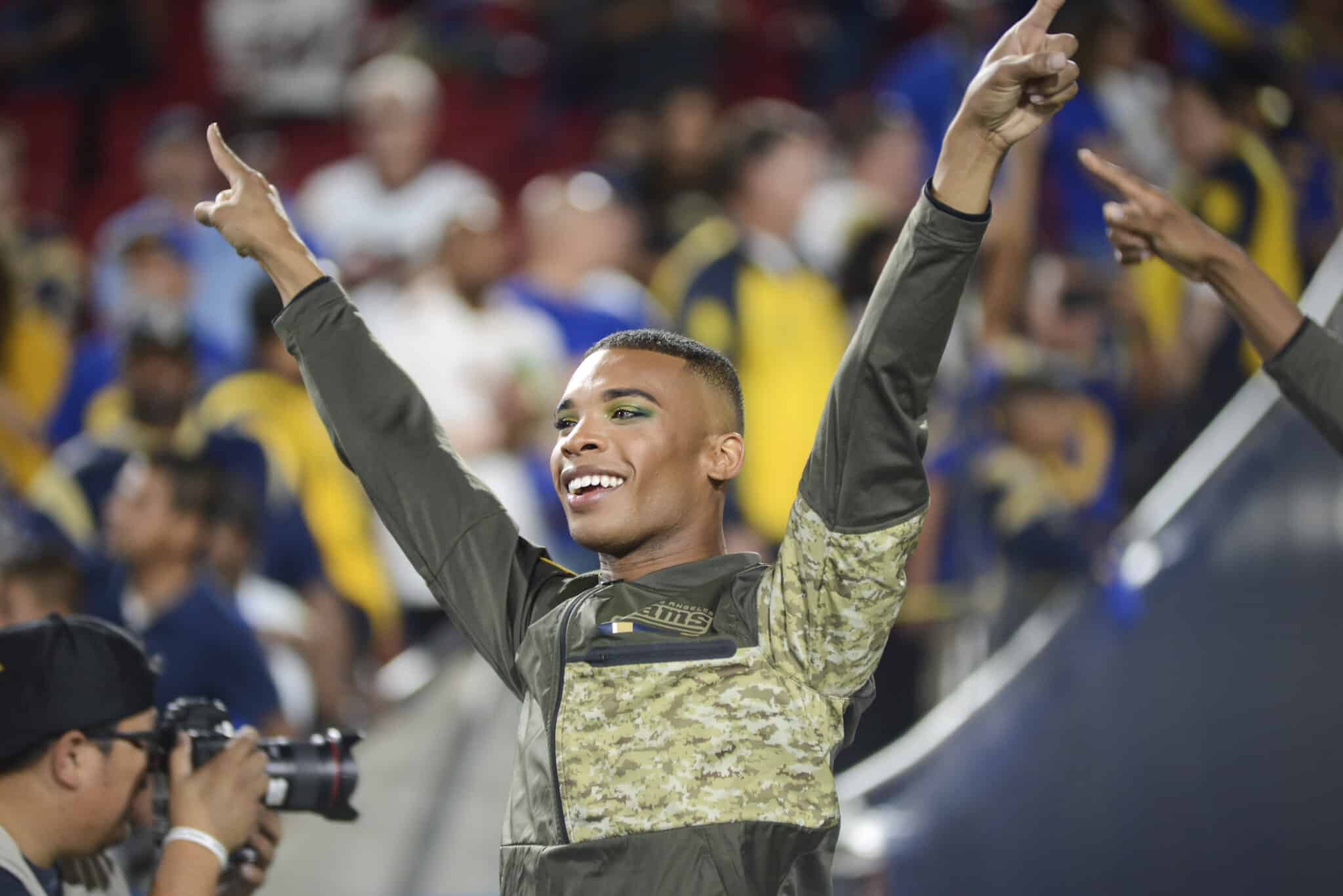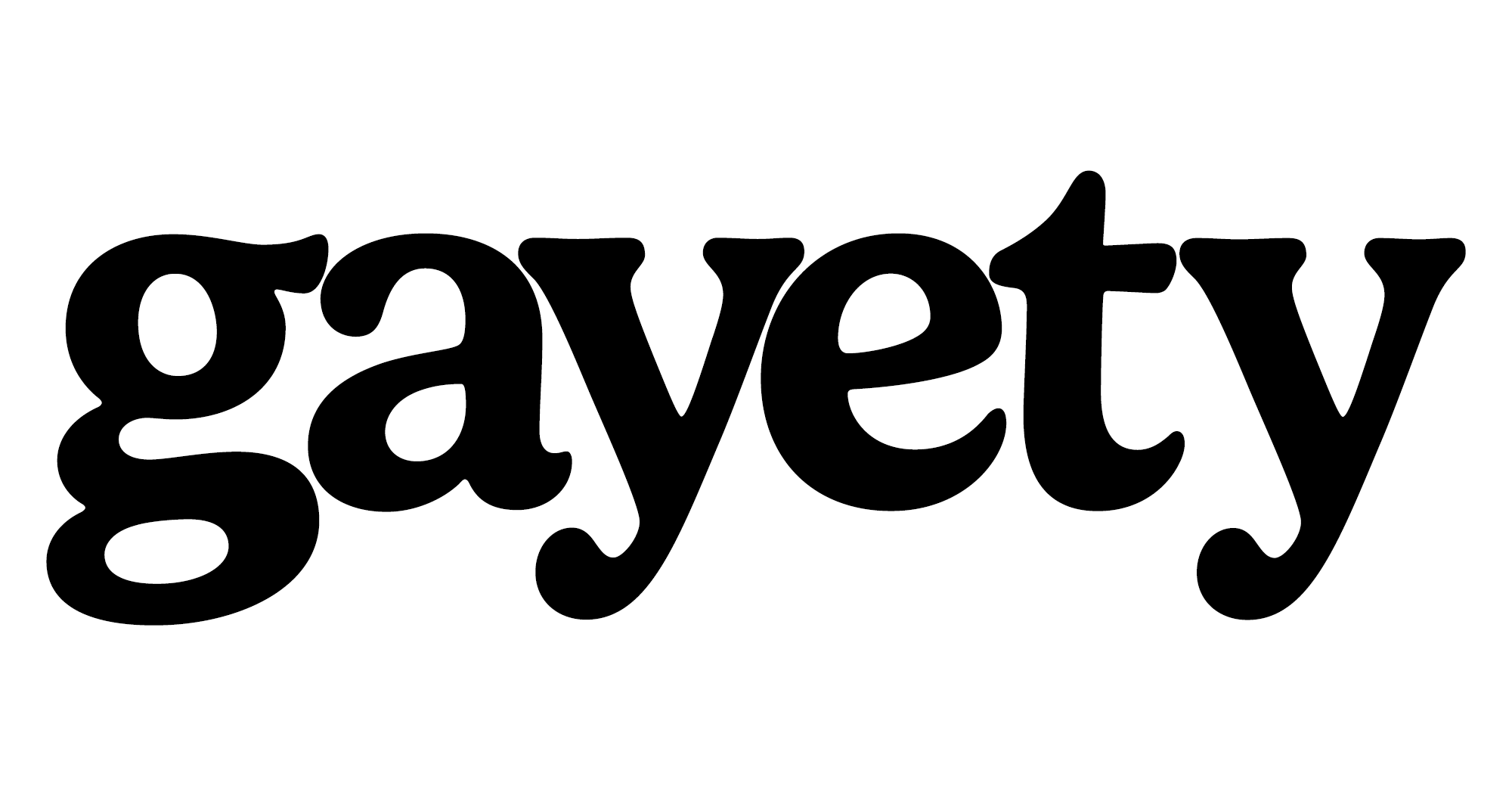Napoleon Jinnies, one of the NFL’s trailblazing male cheerleaders, is speaking out amid renewed criticism over the Minnesota Vikings’ decision to add two men to their cheer squad, saying critics are offering nothing new, and that the backlash misses a broader story of progress.
Jinnies, who made history in 2018 when he and Quinton Peron became the first men to dance alongside women on an NFL cheerleading squad with the Los Angeles Rams, told People in an exclusive interview that the controversy over the Vikings isn’t surprising, but it is worth talking about.
“I’m rolling my eyes,” Jinnies said, referring to the recent uproar. “They’re not saying anything new.”
What kicked off the controversy
In August 2025, the Vikings added male dancers Blaize Shiek and Louie Conn to their cheer squad. The announcement triggered a wave of responses online. Some fans expressed shock and outrage. Comments ranged from “I’m not a Viking fan no more” to “I just lost all of my respect for the Vikings.”
What many of these critics seemed to overlook, Jinnies argues, is that men are not new to NFL cheerleading. Several teams have had male dancers or stunt performers for years. As of 2025, twelve team, including the Vikings, feature male cheerleaders.
Jinnies’ journey: breaking into the field
For Jinnies, the road to his historic role was not easy or expected. He traces his start back to eighth grade, when he first tried out for his junior high’s dance team, at the time, an all‑female group. Over the next years, he was often the only boy in the dance squad.
As a senior in high school, he moved from Santa Barbara, California, to Orange County to join a more competitive dance squad. He knew there was risk, he was aware his gender might be seen as a barrier, but he made the team. He went on to dance at the collegiate level at Orange Coast College, where his squad was undefeated.
It was not until friends in the dance world mentioned Rams cheerleading tryouts that he considered auditioning. With no expectation of breaking gender norms, he applied in 2018; after making it through the initial rounds, he realized that this dream might be possible. He and Peron made the Rams squad, officially becoming the first male cheerleaders to perform during a Super Bowl.
Jinnies recalls supporters as well as detractors during that time. He received homophobic comments, heckling, and criticism, but also encouragement. He heard from older male dancers who said he was doing the kind of work they wished they’d had the chance to do. From queer fans who felt represented. From young people who said they watched football differently because someone like them was up there cheering.

Backlash, tradition, and what it means
Critics of the Vikings’ decision argue it undermines tradition. Others say cheer squads should be reserved for women. Some reactions have also carried homophobic tones. Jinnies points out that these objections are similar to ones he heard when he first joined.
“Maybe I could see their point if they were bad cheerleaders,” he says with a laugh. “But they’re beat‑for‑beat, step‑for‑step killing it with the girls. I’m looking at them like a dance judge … Well, they shine. Sorry if that ruffles your feathers.”
He emphasizes that this is not just about visibility. It’s about athleticism, skill and equality. It’s about queer people being able to see themselves in spaces they once thought were inaccessible.
The bigger picture
Data and trends show that male cheerleaders are a growing part of NFL squads. According to multiple sources, 2025 marks a point where inclusion of male dancers is no longer an anomaly but a deliberate shift.
Even before this, teams like the Baltimore Ravens had introduced male stuntmen. In 2018, the Rams and New Orleans Saints integrated male dancers into their squads. In recent years, additional teams have followed suit.



